What are nutritional yeast flakes?
Yeast flakes are also called “nutritional yeast” and are a typical ingredient of vegan cuisine. Mostly it is used as a seasoning and cheese substitute. Her cooking properties make the dishes creamier; because of this, you can use the flakes for making creamy sauces and soups.
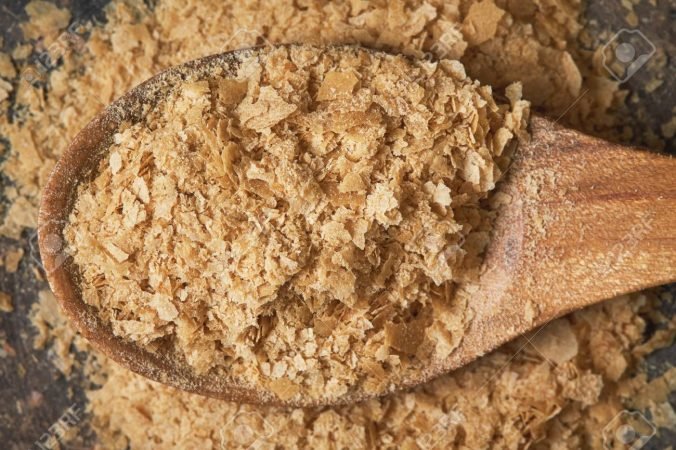
Yeast and yeast flakes. Yeast is not equal to yeast.
Nutritional Yeast flakes: Nutrient yeast and their flakes are yeast rendered inactive by heating. It can no longer make the dough rise because it can no longer produce carbon dioxide and no alcohol. It has a high nutrient and vitamin B content but is “dead” compared to baker’s yeast. From 40 ° C, the yeast dies and becomes inactive.
Brewer’s yeast: Brewer’s yeast is a type of yeast produced for beer production. The cultures are slightly different in comparison to “normal” nutrient yeast and their yeast flakes. Even brewer’s yeast can inactivate, and it produces no alcohol and no more carbon dioxide. But there are also beer yeast flakes. Beer yeast flakes contain more protein than “normal” yeast flakes.
Yeast extracts are used as seasonings in many foods and are not congruent with glutamates. They contain a lot of glutamic acids but are natural products in contrast to isolated glutamate or glutamic acid. Glutamic acid is also in tomatoes, walnuts, whole wheat flour, corn, rice, and peas.
Wild yeasts are invisible to the human eye, plant microorganisms. They are among the lower mushrooms, and humans use them long in their original form for the production of beers, wines, or baking.
Manufacturing For the production of the flakes, the yeast is rolled and heated. Heating stops the process of converting sugar into alcohol. The heat also dries the cell walls, so they open up. So yeast flakes are no longer a raw food product.
Yeast Flakes are not Glutamate.
Glutamate consists of pure glutamic acid (E 620-25). Yeast flakes contain glutamic acid. There, however, it can be found in its natural form. The glutamic acid called Glutamate, which the industry uses, is the isolated form. Yeast flakes are not 100% glutamic acid.
What is tasty for yummy extracts, “umami,” is the whole food, not just the glutamic acid.
We have to differentiate a bit and not immediately condemn all yeast extracts and yeasts just because they contain glutamic acid. Whole food, like yeast extract, nutritional yeast or yeast, or even tomatoes, peas, and meat, differs from the isolated glutamic acid, synthetic flavor enhancer, and additive glutamate.
The good idea is to avoid isolated glutamate as a flavor enhancer. At the same time, however, not all foods that contain glutamic acid automatically become “bad.”
How Healthy are Yeast Flakes?
Yeast flakes have many valuable ingredients. They are rich in vitamins B1, B2, B5 (pantothenic acid), B6, and folic acid. Also, they contain a lot of protein in the form of easily digestible amino acids.
The vitamin B5 they contain helps the body build up and break down carbohydrates and fats and metabolize cholesterol. The flakes suit almost any diet: they are entirely gluten- and lactose-free. They are also low in sugar, fat, and calories.
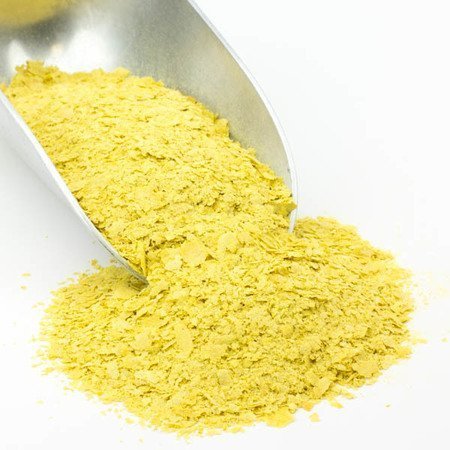
How to use Yeast Flakes or Nutritional Yeast?
You can use Yeast flakes as a topping or binding agent with a subtle taste. In larger doses, they are very popular as parmesan substitutes on pasta dishes. You can sprinkle them over prepared food and should not cook them.
Because if you heat them too long or too intensely, it loses many valuable vitamins.
In the dosage, yeast flakes are quite individually applicable.
Of course, many use them as a flavor alternative to real cheese. In cereal, you can replace the flakes with oatmeal.
Are Yeast Flakes like Oatmeal?
The two flakes have almost nothing in common. Yeast is a tiny mushroom, while oat is a cereal. In dishes like cereals, however, you can use both flakes equally. The consistency of soft oatmeal to yeast flakes in the use of muesli is quite similar. Both melt in the muesli, while pungent oat flakes keep their shape.
Yeast Flakes as a Cheese Substitute
Yeast flakes as a cheese substitute in vegetable broth, sauces, and dips. The list of recipes that you can spice up with this strong-aromatic condiment is long. The delicate flakes give your dishes the right amount of flavor and contain lots of essential nutrients. As a gluten-free, sugar-free, and low-fat food, yeast flakes are suitable for almost any diet. Vegan people swear by it because it brings the cheese flavor back to their plates. Those who suffer from gluten intolerance can safely rely on yeast flakes, and even for those who want to eat sugar-free or with fewer carbohydrates, spice flakes are an excellent choice.
Some people think that yeast flakes contain vitamin B12, but they do not. Certain manufacturers use vitamin B12 in yeast flakes to counteract the common vitamin deficiencies of vegetarians and vegans. However, this is not the rule and serves only as a sales incentive for the target group. Excessive consumption of yeast flakes to cover the vitamin B12 content is not advisable.
Do the many uses of yeast flakes intrigue you? Maybe you are already a total fan of yeast flakes? Try the recipe below.
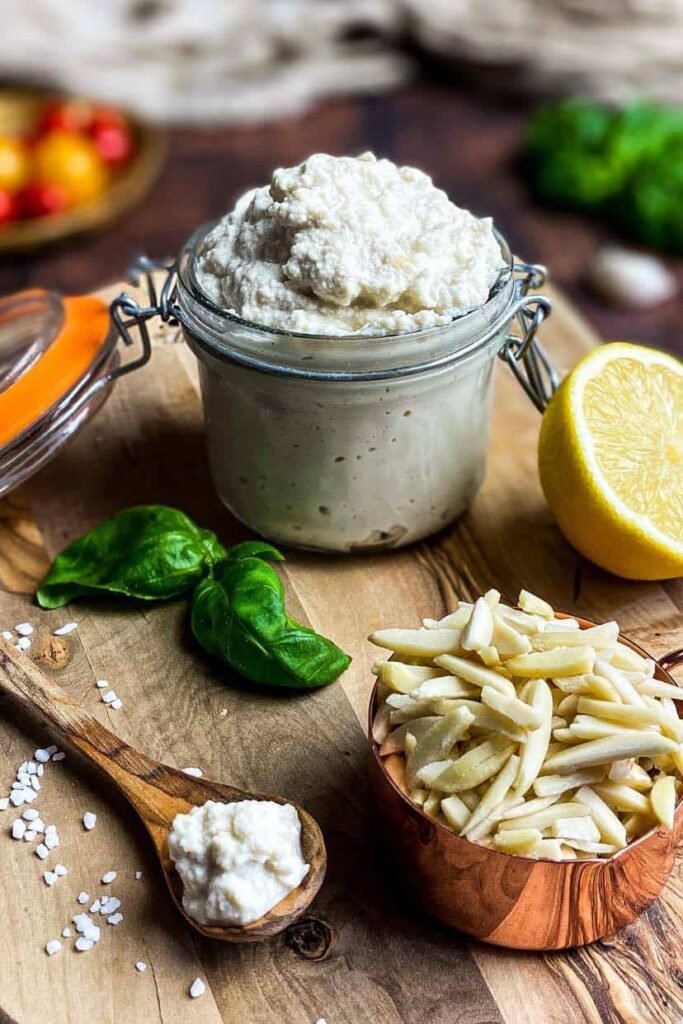
This bright and creamy almond ricotta cheese tastes amazing on toast or crackers or as a substitute for dairy in lasagna or stuffed shells. I even prefer dolloping this on my pizza over using other vegan cheese substitutes. The nutritional yeast adds a subtle, earthy flavor that perfectly compliments the almonds and lemon juice.
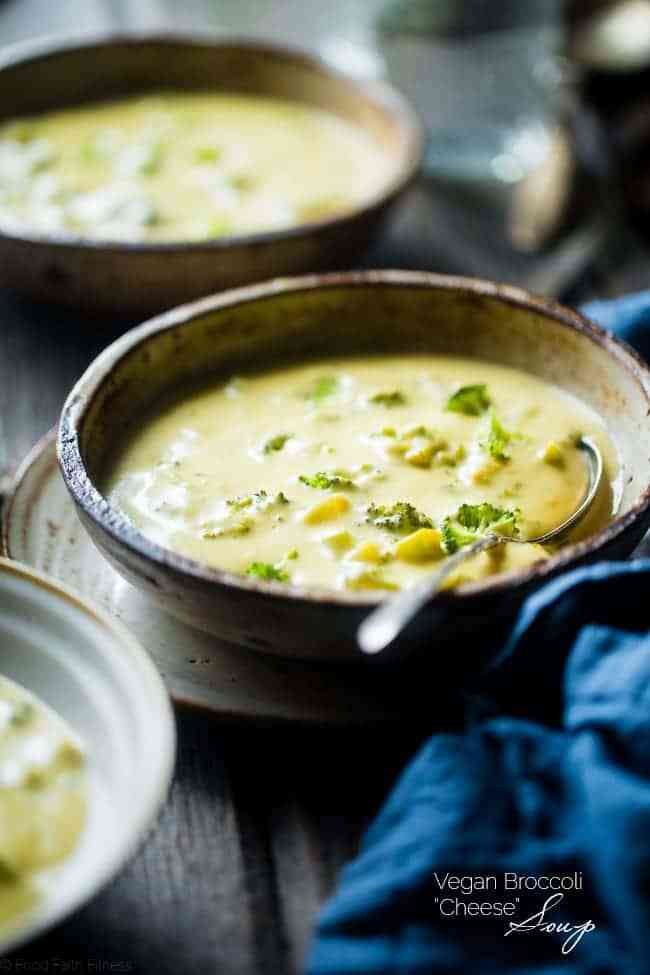
You’d never guess that this rich and creamy bowl of goodness is dairy-free, and better yet, healthy. Ready in just 15 minutes, this soup makes for an indulgent weeknight dinner that you can dig your spoon into sans guilt. (via Food Faith Fitness)
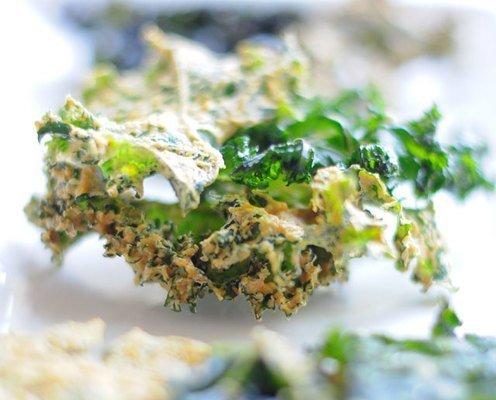
Kale, which is actually a form of cabbage, is loaded with fiber. One cup of kale provides you with twice your daily requirement of vitamin A, tons of vitamin C and has over a thousand times the RDA for vitamin K! Kale helps keep your body strong and also helps prevent damage from other forces that are constantly attacking our bodies.
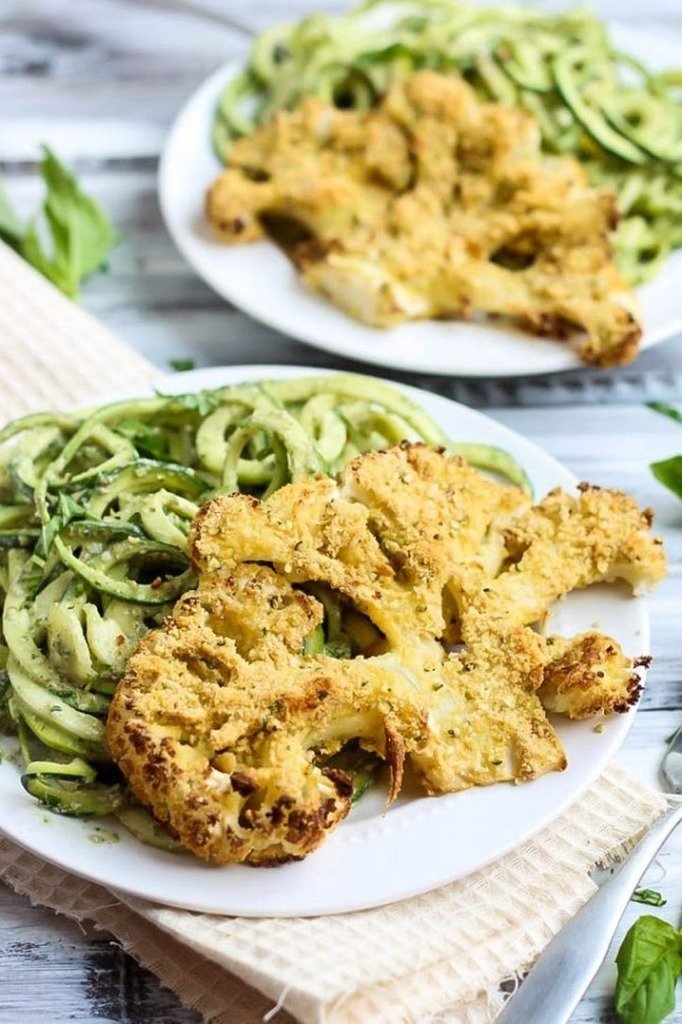
We love cauliflower in ALL the ways — riced, roasted, or turned into a pizza crust. But nothing beats a tender cauliflower steak made “cheesy” with a blend of nutritional yeast, raw cashews, and yummy spices. (via Emilie Eats)

If you’re a sucker for Alfredo sauce but avoiding dairy, we’ve got you covered. This glorious and garlicky concoction does not skimp out on creaminess, thanks to cauliflower and our beloved nutritional yeast. (via I Love Vegan)

One of the easiest and most useful ways to use nutritional yeast is in a quick nutty or seed blend that mimics the flavor and usefulness of Parmesan cheese.

With just 5 simple ingredients, you too can make the best damn vegan sour cream. It’s creamy, tangy, and perfect for plopping onto all sorts of Mexican-inspired dishes.
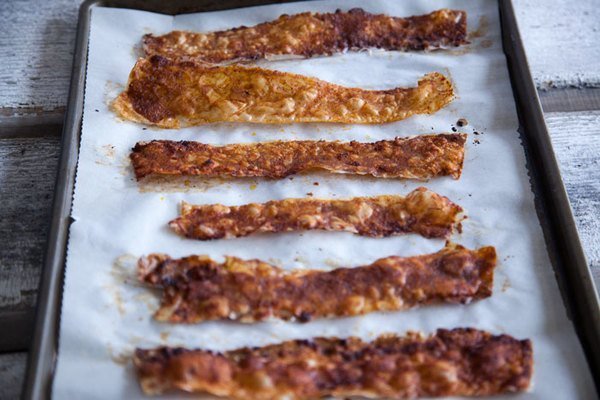
What is this magical bacon alternative? Make vegan bacon out of rice paper and a bacon marinade. Yup, rice paper, that stuff vegan up until now, has been used to make salad wraps with. Blech.
Get more recipes here > Recipes Featuring Nutritional Yeast
Also, read > What is Nutritional Yeast
and > How to Use Nutritional Yeast in Recipes
See also Why Is Indian Food The Best For Vegans?














